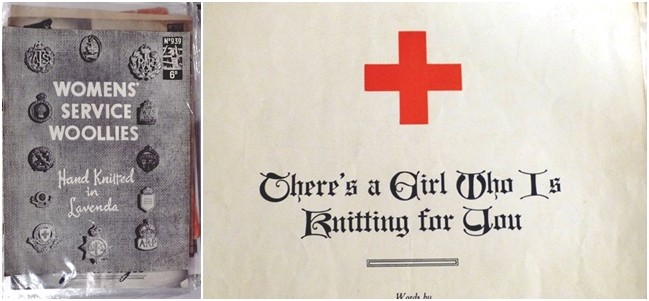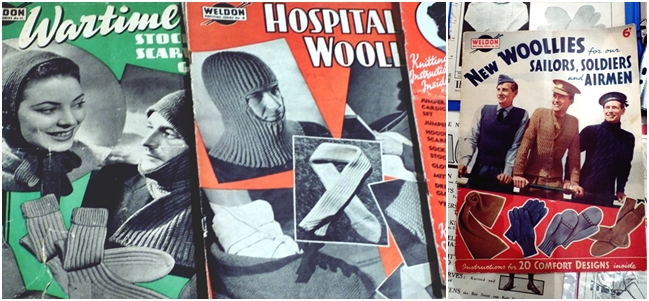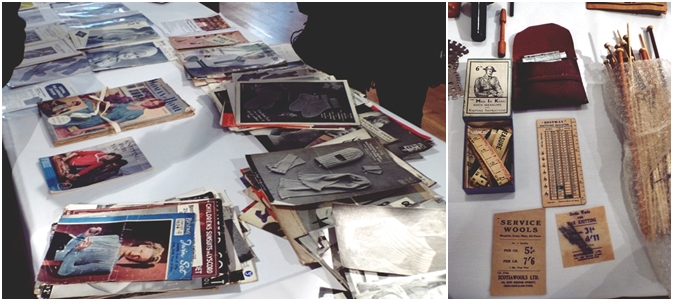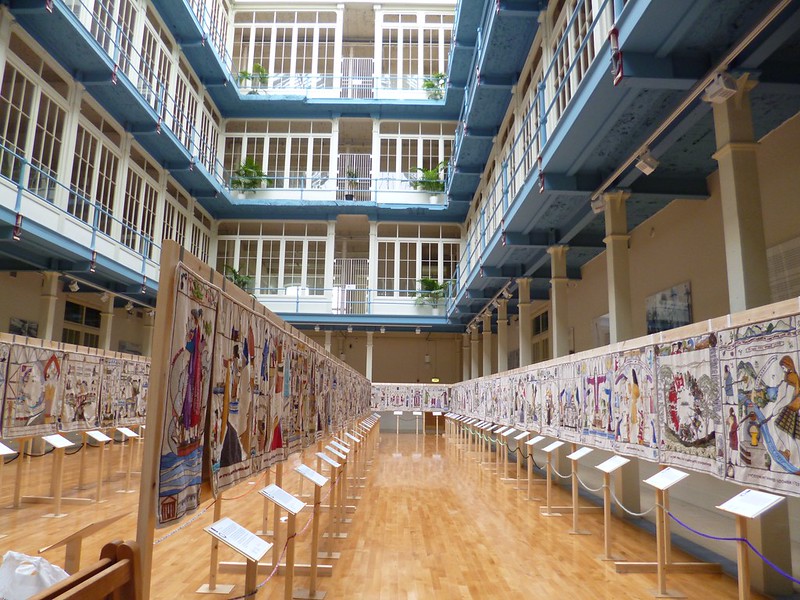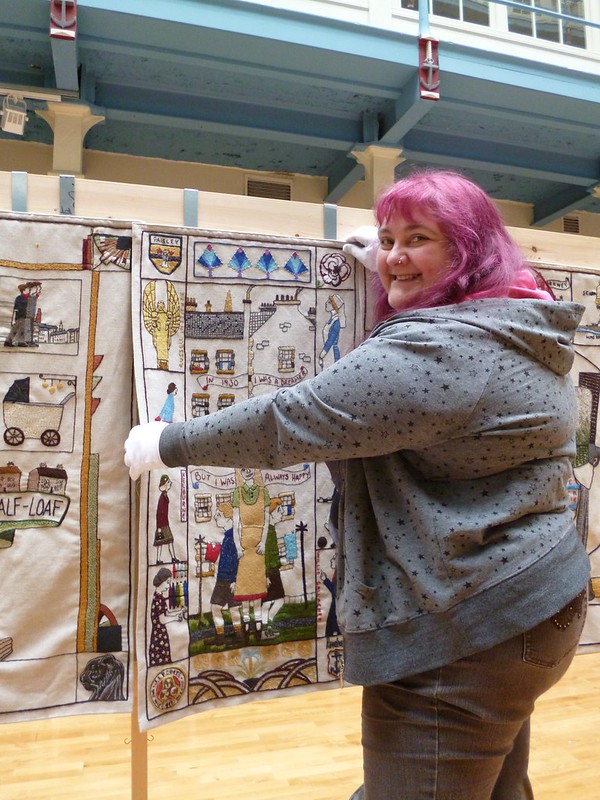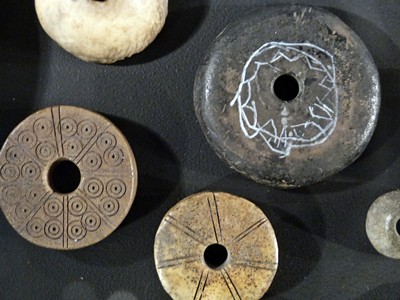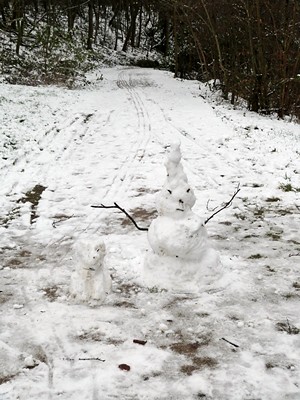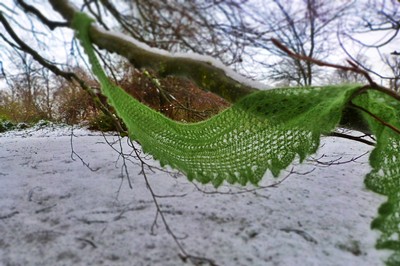I thought I’d share my latest makes with you before I continue with quite a serious topic. I have been using making as a way of therapy these past few months. I’ve mended blankets and pullovers, I’ve knitted, and I have been dress-making. This is the Willamette shirt from Hey June Handmade and I’ve made six of these shirts of the last month. It’s been intensely therapeutic to stick tiny needles into fabric and end up with something wearable. I squeezed this shirt out of 2 metres of handprinted Indian cotton and the result of one of those makes that feel intensely me.
But clothes do not happen in a vacuum and textiles are particularly important to this moment in time. The following post is an amended and abridged version of a piece I wrote for my Patreon followers (I discuss wool and linen in that post too).
So, let’s start by saying that cotton is not an innocent material.
I grew up reading Regency romance (and I still love these books as a rule). One of my early favourites was Caroline Courtney's Love Triumphant in which country mouse Harriet is whisked away to London to keep her cousin Sophy out of trouble. In the book there is an enchanting scene in which Harriet and Sophy are taken fabric-shopping by Sophy's mother. They avoid the expensive boutiques and instead head to a fabric hall frequented by merchants. Here they coo over expensive silks (some scandalously smuggled from revolutionary France which dates the action to mid-1790s) but eventually decide to buy metres of cotton which is much cheaper and thankfully very much in fashion.
There is a lot to unpack here.
After centuries of elaborate dress, the upper echelon of society finally embraced simple dresses around the 1790s. Marie Antionette arguably started the trend when she set up our own pretend-farm and walked around in ‘peasant garb’ but the trend continued long after her death. It spread across Europe and penetrated most social classes.
Cotton fabric was incredibly cheap thanks to cotton plantations in the colonies which relied on slave labour. Plain white was a firm favourite at first as it was seen as a mark of gentility (let’s just take a moment here to ponder that statement in context of where and how the fabric was produced) and was also reminiscent of the Greco-Roman sculptures that were fashionable at the time. Yet soon block printed fabric became de rigeour for fashionable ladies. Block printing was a technique that was immensely popular in another colony, India, and white cotton was the perfect material for this practice.
In fact, block printed cotton fabric became so popular that by the 1810s other fabrics began to imitate it.
A few years back I was lucky enough to have a private viewing of the collection of tapa cloth held by the University of Glasgow. Tapa cloth is not a woven material, but made from beaten barkcloth by Pacific island cultures, and it is beautifully decorated with stencils or stamps. Most of the collections held by Western museums today are the remnants of what European travellers brought home from their 18th and 19th century travels — often missionaries or merchants — but tapa is still produced today throughout the Pacific. You might enjoy this Living Heritage site which gives voice to contemporary tapa makers.
I was struck by a particular sample from Hawaii dating to around 1810. The design was unusual and unlike any other tapa I had seen. The curator explained the tapa (or kapa, to use the Hawaiian term) was made to imitate the then-fashionable block printed cotton fabrics made in India and the Caribbean. It struck me as one of the saddest things I had ever seen: here was an example of a fabric that was so beautiful and exquisite, yet its maker sought to distance themselves from their own culture by imitating a fabric so deeply embedded in brutal colonialism.
Cotton is one material that I cannot separate from its troubled story and as protesters take to the streets in jeans and tshirts, I see history in the making in more than one sense of the word: I see the East India Company importing calico and linen undermining domestic cloth production in the 18th century, I see the Industrial Revolution fuelling cotton plantations in North America and the Caribbean, I see slave ships sailing across the Atlantic fattening the wallets of European merchants, I see the indigo dyeing which was a major slave plantation crop in North Carolina, I see textile factories in Bangladesh collapse upon their underpaid workers instruments as they worked to bring Westerners cheap clothes.
And so nowadays when I read my Regency romances or watch yet another Austen adaptation, I think of where the cloth for the dresses came from and how its wearers could afford them. And when I make a shirt out of handprinted Indian cotton, I recognise the layers of history I am wearing.
Textiles are so embedded in all this wretched history and as we wear clothes or make clothes, I truly believe it is important to understand the context within which we are doing these things. Who are we and what do our choices say about us?







